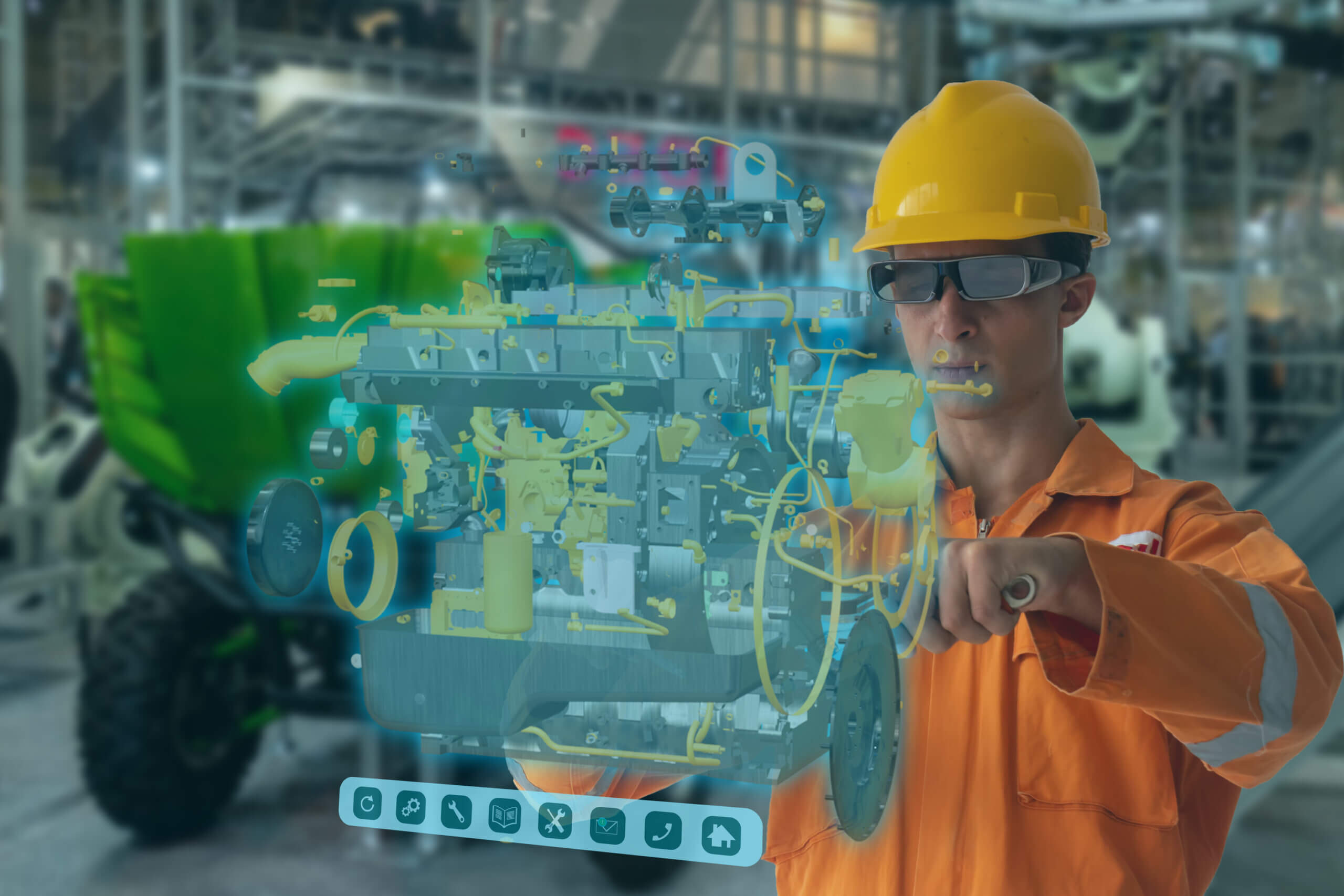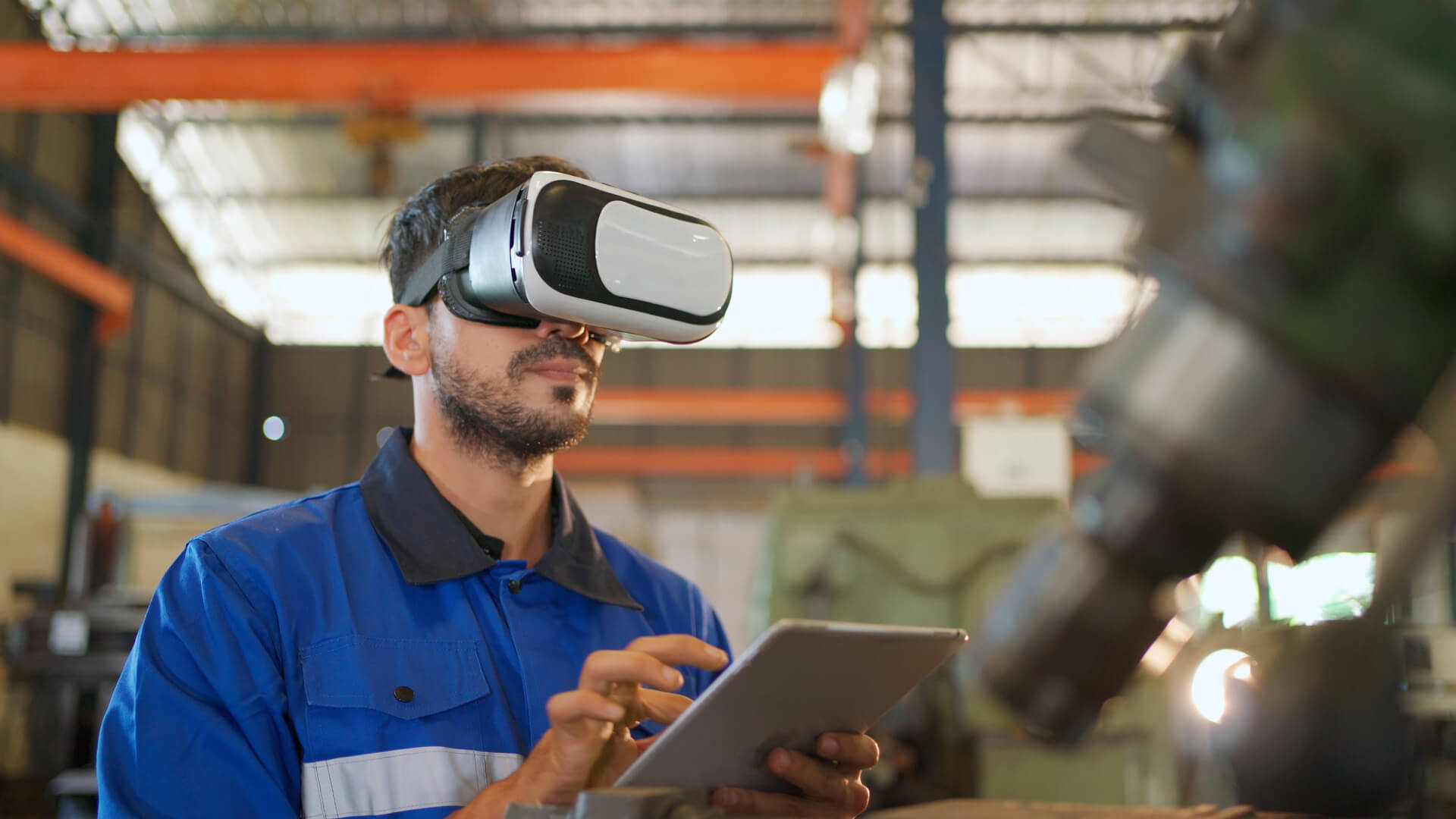
Visual Management means using visual tools to communicate important information about processes, performance, and procedures within a company or organization. For example, in preventive maintenance, visual management is used to communicate expectations and processes regarding routine maintenance procedures.
Visual management uses symbols, illustrations, markings, labels, and other visual resources to make information available at a glance. Visual management works best as a tool of lean methodology. Lean principles aim to minimize cost, effort, and time while extracting maximum value from the input. In addition, lean methodology aims to eliminate all waste as part of the kaizen principle of continuous improvement.
As such, it would be counterintuitive to run a visual system that requires plenty of time to interpret: the whole point, to begin with, is to make things better and save time, not make things more difficult for your employees.
“The aim of visual management is to enable anyone working in the workplace to be able to assess the current situation at a glance. This should bring the workplace to the point where all problems, abnormalities, and waste to be immediately recognized. When problems and deviations are visible, immediate corrective action can be taken, and this will increase the efficiency and effectiveness of the processes.”
CToolkit
Visual Management Principles
Consider the following principles to run effective visual management at your facility:
- The visuals should be understood at a glance: Your workers shouldn’t have to rack their brains to understand what they mean. Instead, the meanings should be clearly communicated by the signs themselves.
- The visuals should stand out: When you have announcements, use visuals that draw people’s attention.
- Workers should have background knowledge about the symbols: Sometimes, visuals will be similar. If you can, ensure your workers know what established symbols mean. They should know what signs mean they need to wear PPE or what areas to steer clear of. For example, everyone knows a green light means go, and a red light means stop.
- Visuals should be easy to update: One key element of visual management is the real-time factor. Sometimes you use visuals to communicate standard work information, and sometimes you might have specific information to add. Therefore, you want visuals that don’t require tearing down a whole system before you can update them: that defeats the whole purpose of moving quickly and eliminating any time wastage.
With these principles in mind, you can create visual management systems of the following types.

Types of Visual Management
In general, visual management can be used to communicate:
- Information: General knowledge that workers need to have: for example, about locations and goals.
- Instructions: Guides and procedures that workers need to follow: for example, standard operating procedures
- Performance: For example, top employees or teams, progress with projects, current KPIs, and metrics.
“To be successful, leadership must make digital visual management the centerpiece of business communication and establish a regular cadence for reviewing the data that drives decision-making. . . For those organizations that have not yet embraced lean, the question becomes: What’s stopping you?”
Forbes
Benefits of Visual Management
Saves Time
One major incentive for adopting visual management is eliminating time waste in your facility. In addition, visual symbols to communicate information and instructions can save you the trouble of offering detailed explanations. But, of course, this requires ensuring your visual information is straightforward and easy to understand.
It’s also important to note that not all information can adequately be conveyed visually. That said, for the information that can, it’s worth reducing the time wasted if you get it right. Imagine, for example, a weekly preventive maintenance routine that consists of multiple tasks. Instead of having staff depend on written instructions for all the tasks, visual charts, and symbols can make the work easier.
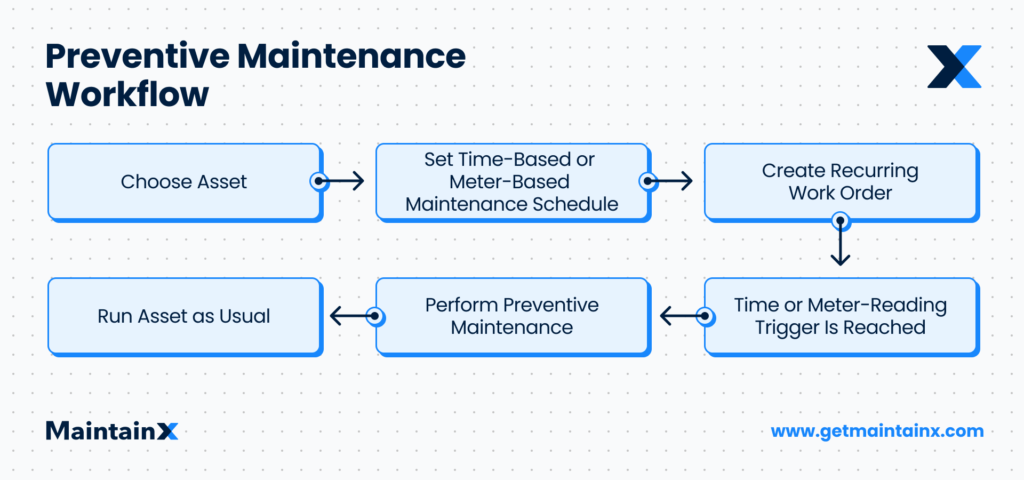
Also, maintenance workers can learn to use predictive maintenance technologies, such as vibration analysis, ultrasound, and thermal imaging. When performing predictive maintenance, many of the sensors on production line equipment provide visual cues and warnings to alert workers of pending failures.
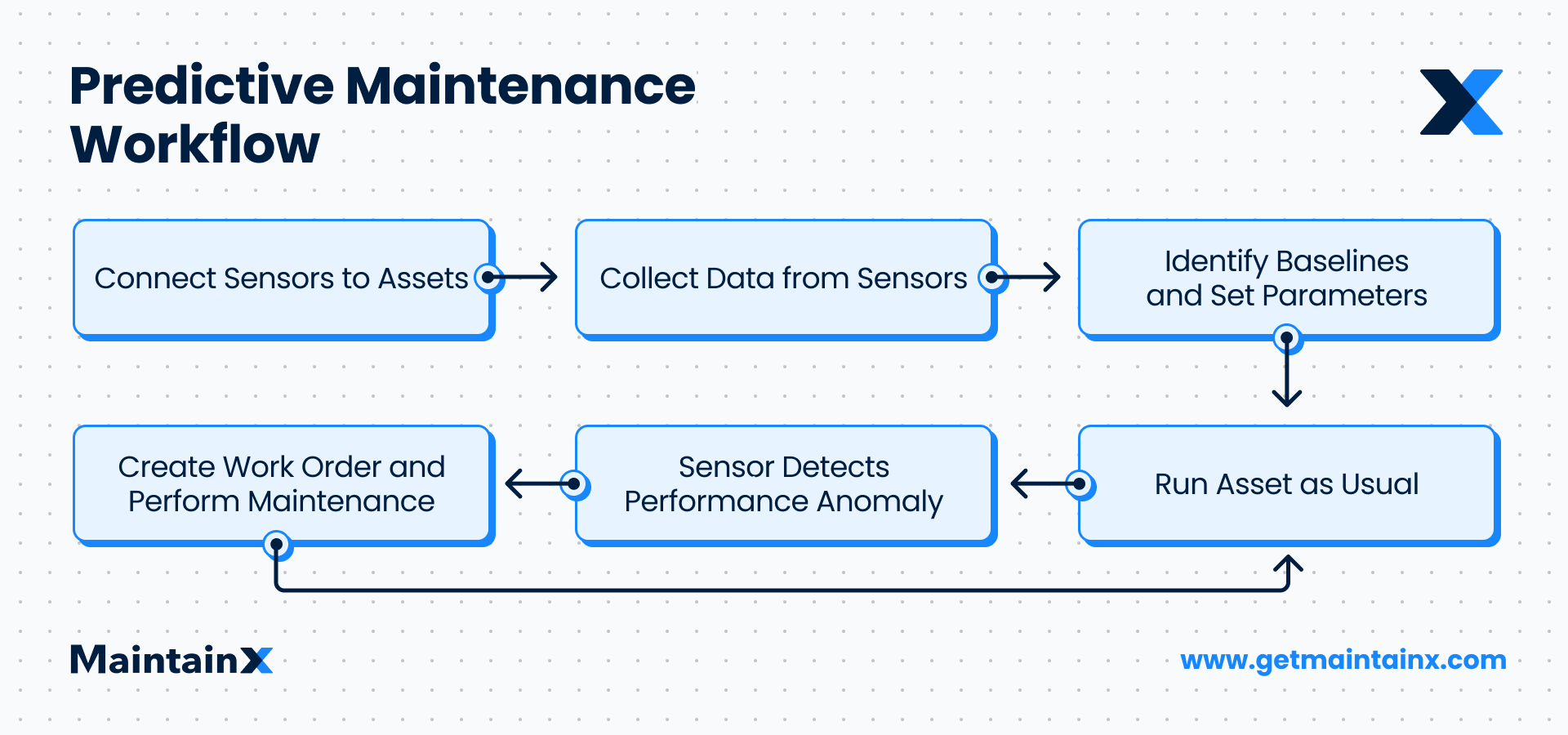
You can list the maintenance tasks in recognizable symbols and summarize the procedures in short, visual bullet points. Staff can learn, for example, the lubrication process, how to register inventory, how to safely execute a changeover, etc. This will simplify both your routine maintenance and corrective actions and, in turn, reduce your downtime.
Improves Compliance
In addition to saving time, visual management can help improve your compliance with regulations. Regulators like Occupational Safety and Health Association (OSHA) have many regulatory requirements for facilities, and keeping up with them during the production process can be challenging.
Your staff will find it much easier to stay compliant when they are in a visual workplace. They’ll have necessary instructions and reminders all around them. Instead of needing to call people and remind them to wear PPE, they can see the signs themselves once they approach stipulated areas.
Improves Safety
Keeping your staff safe should always be a priority, and visual tools can help make this easier by providing staff with reminders about safety requirements. Beyond that, you can also use visual management to educate staff about safety and emergency protocol.
Imagine, for instance, workers faced with a fire outbreak. Even if they are unfamiliar with what to do, noticeable visual cues can direct them on exactly how to evacuate the location if necessary. Similarly, visual instructions can make a massive difference in the moment if someone needs to use a fire extinguisher but is unfamiliar with how they function.
Helps Employees Stay Focused
Using visual information to communicate with employees can also help them get closer to intended KPIs. For example, a regular sign showing real-time overall equipment effectiveness (oee) and total productive maintenance (TPM) can help maintain awareness of how the overall factory is doing and how close workers are to their goals.
“Visual management is an absolutely essential tool within the world of Lean and can be seen as the link between the data and the people. Visual management uses intuitive visual cues to make concise, accurate information within a workplace available at all times to those who need to know it.”
Clarity
Examples of Visual Management
5S
5S is a problem-solving approach for auditing a workplace to make it more efficient. It is a lean tool and functions by identifying and implementing potential improvements in the physical workspace. 5s is powered by the idea that an optimized work environment will lead to better work processes, which will, in turn, lead to better products. The 5S steps are seiri (sort), seiton (set in order), seiso (shine), seiketsu (standardize), and shitsuke (sustain).
The second step, Seiton, involves “setting in order” items in the workplace and in storage after going on a Gemba walk to observe the current layout. This stage involves visual management in the form of color-coding inventory and using floor markings to organize storage locations.
You may find another lean tool, Six Sigma, also applicable here.
Andon Lights
Andon is a lean manufacturing approach to notifying shop floor workers about the status of assets and processes. Andon originates from a Japanese word for “lantern,” and the lights can be used to signal incidents regarding specific machines or the floor as a whole.
Because the lights are visible widely, this kind of visual control means that many people can get information simultaneously. For example, a red light could signal abnormalities in the production system, while a green light indicates that everything is running smoothly.
Kanban
Toyota introduced visual management in Japanese production in 1938, establishing the groundwork for its initial continuous improvement mindset. This strategy has grown into the global management paradigm called “lean” management. However, it took 40 years for Western business leaders to uncover the Toyota Production System and its highly effective “kanban” technique. To this day, kanban remains a popular method for visually aligning production with demand, ultimately reducing waste.
A Kanban board is either a physical or digital work management system that allows for visual work organization. It is separated by rows and columns into which work is organized based on priority and responsibility. Using a Kanban, or a visual management board, allows you to see all the work a team or organization is doing in one place, who is responsible, and what progress they are making.
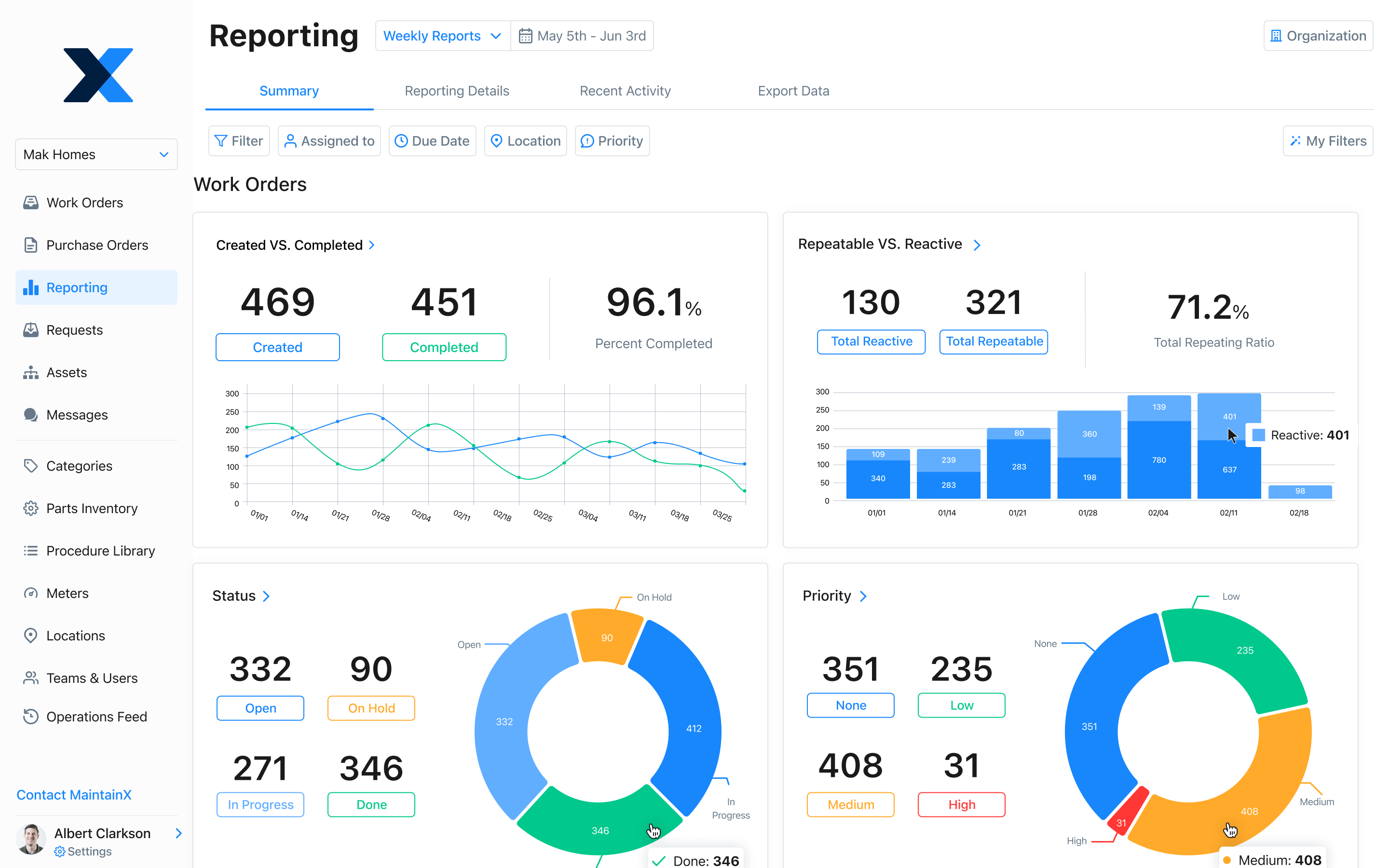
Let MaintainX Do Your Visual Management
MaintainX CMMS has many features that can help you visually manage your facility. For example, MaintainX’s data management functionalities can help you create a repository of visual symbols and share them with your staff. As the first work order software with chat, MaintainX also allows you to communicate information directly with workers on the shop floor. Use MaintainX to streamline your workflows, create and assign real-time work orders, and track and analyze data.
FAQs

Lekan Olanrewaju is a content writer with years of experience in media and content creation. He has held positions at various media organizations, working with and leading teams at print magazines, digital publications, and television productions.


.jpeg)


.jpeg)













